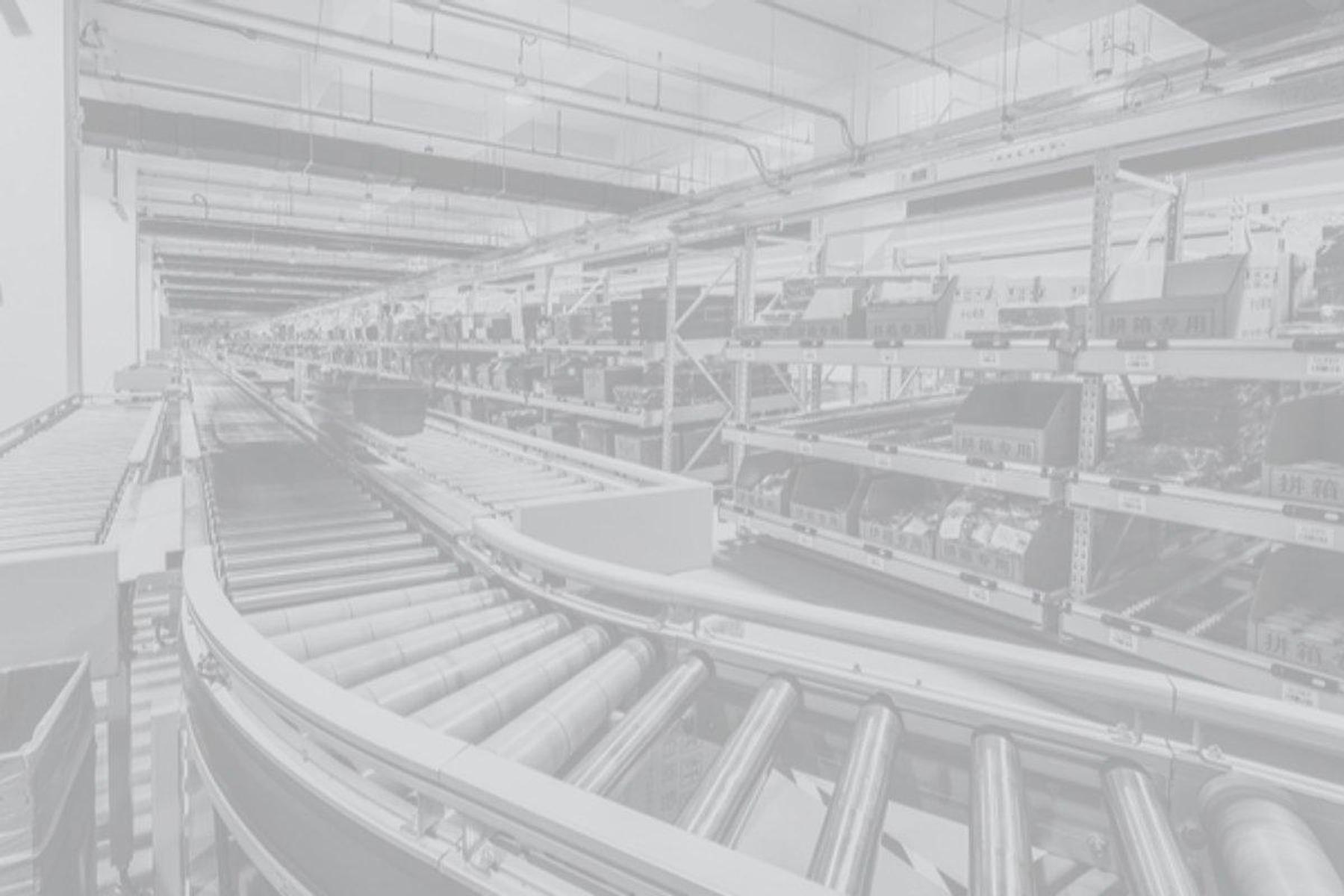Why mechanize in the first place?
Scale is often important to retailers: as they grow, they want to fully capitalize on suppliers' quantity discounts. But the resulting quantities are very large. Traditional warehouses are infeasible at this scale, as transportation distances become too long. Hence mechanized warehouses.
Another crucial factor is speed: mechanized conveyor belts can transport items through warehouses a lot faster, making it easier to meet next- and same-day-delivery promises.
In nearly all cases, cost is also a top consideration when opting for a mechanized warehouse. The fact of the matter is, mechanization is usually cheaper than labor.
What not to do: 4 pitfalls
Briefly put, retailers have valid reasons to mechanize warehouses. But throughout the years, we have seen firsthand how mechanization projects went awry — all due to similar issues, which either prevent projected cost savings from being achieved or strain investments and NPV values by delivering savings late. The question is, how to avoid such pitfalls? We've listed the 4 most common pitfalls below!
1. "Engineers can mechanize anything"
'The more complex, the better.' Is that your motto? Then it's time to adopt a different view. It's possible that one or two large item flows yield significant benefits (say, 75%), while the remaining flows (say, 25%) are more complex to mechanize as they require more complex functionality, such as sorting, buffering, and loopbacks. We've seen it happen. In that case, you should carefully consider what (not) to mechanize to reap the benefits of mechanization. Complexity may very well cause problems, which can dilute savings.
2. "We can predict the future mix"
A warehouse is designed with the future in mind. How many SKUs will you need to pick? How many pallets will you store? How will the mix of item flows develop in terms of single- and multi-item orders or chilled versus ambient capacity? The ‘mix question’ is one of the most difficult to answer. Yet it's crucial to get it right. For if you don't, you may limit the capacity of the overall warehouse — or at least incur additional costs, as you'll need to use manual workarounds to make a square shape fit into a round hole. So, make sure you are aware of any assumptions about the future, limit the way in which they’re hardwired into your design, and test whether your design is robust enough to handle variation.
3. "There's little room for failure (literally)"
At some point, mechanization will fail, and a manual workaround will be required to avoid decreased performance or even lost sales. The cost of additional floor space is low compared to mechanization, but we have seen mechanized warehouses that hadn't left any room for failure: empty floor space simply wasn't available. If your equipment fails, you need room to set up work tables and line up roll containers. So, don't forget to include 'break-out' spaces at strategic locations around your warehouse in your design. Your shift leaders will thank you later.
4. “The support organization is not all that important"
When operating a mechanized warehouse, keep in mind that a substantial support organization will develop during the first years. A lot of business cases assume nearly all work will be outsourced to mechanization partners that will be managed by a handful of in-house employees. But over time, substantial support organizations tend to develop, consisting of several tens of FTEs. Companies require more control or in-house knowledge and expertise, or they're simply not happy with their partners. So, in-house departments are set up to cover everything from mechanical engineering and control systems to maintenance and troubleshooting. These additional (often expensive) FTEs should be considered when calculating cost savings. Your partner will only get you so far — don't underestimate the amount of expertise you need to set up an in-house mechanization department.
Mechanization: do or don't?
Retail warehouses can definitely benefit from mechanization. But to ensure your project delivers on the cost promise, make sure you avoid these 4 common pitfalls!

